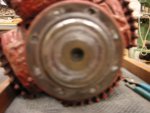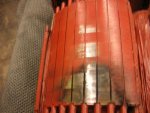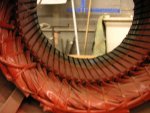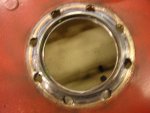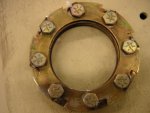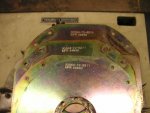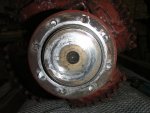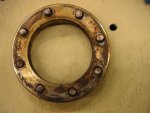morford49
New member
- 6
- 0
- 0
- Location
- Wichita Falls, TX
MEP-003a . Hi. I just purchased my first generator from GL. Looked like new with 32 hours on the meter. Did all the startup maintenance and she started right up. No output. Got the TM's and started doing the checks. No output. Put 12 volts on the exciter and no output. Started to check the diodes in the rotating rectifier assembly and found the problem. No rotation.
The eight bolts that connect the disk to the rotor and thus to the flywheel had sheared off. My question is; what would cause this? The only strange thing I could find was three dicks (part 27 Fig. 8-1) were used instead of one shown in the manual.
Any help would be much appreciated. This might be another thing to check before someone buy's a generator.
The eight bolts that connect the disk to the rotor and thus to the flywheel had sheared off. My question is; what would cause this? The only strange thing I could find was three dicks (part 27 Fig. 8-1) were used instead of one shown in the manual.
Any help would be much appreciated. This might be another thing to check before someone buy's a generator.



